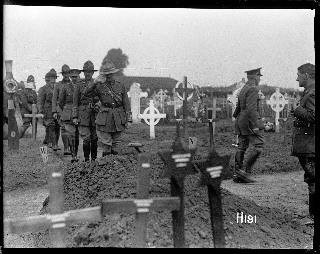World War One Key Dates
New Zealand Forces Actions in World War 1 |
|
Samoa |
|
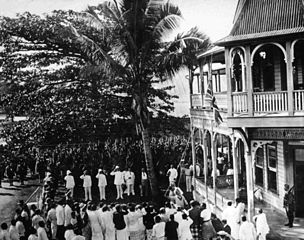 |
29 August 1914: Invasion/Occupation of SamoaLed by Lieutenant-Colonel Robert Logan, the 1385-strong Samoa Advance Party of the New Zealand Expeditionary Force landed at Apia on 29 August. There was no resistance from German officials or Samoa’s general population. |
Gallipoli |
|
.jpg) 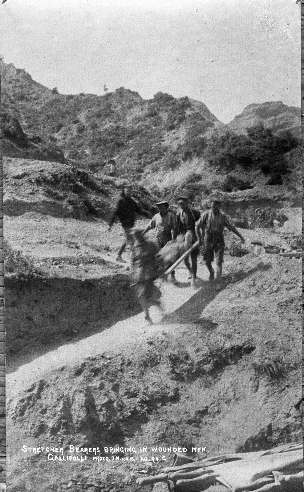 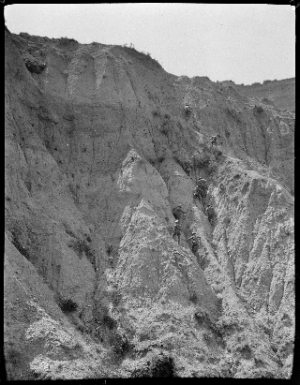 |
25 April 1915: ANZAC and Helles landingsThe New Zealand Expeditionary Force landed on the shores of the Dardanelles at what is now known as Anzac Cove. By the end of the day 147 men were dead. At home the newspapers reported their “splendid gallantry” and talked of them coming through unscathed but by May the casualty lists showed the true story. 28 April 1915: 1st Battle of Krithia (British)
|
|
|
23 October 1915: Marquette torpedoedThe transport Marquette was torpedoed in the Aegean Sea. on board were officers and men of the New Zealand Medical Corps, 36 New Zealand Army Nursing Staff, 610 officers and men of 29th Divisional Ammunition Column , 541 mules and some ammunition. Twenty nine crew and 182 troops were lost. Ten of those who died were New Zealand nurses who had been working at No.1 New Zealand Stationary Hospital in Port Said.Learn more about First World War Nurses here.
|
|
|
|
Sinai & Palestine |
|
|
The campaigns in Sinai and Palestine are not as well known as the battles of Gallipoli or the Western Front. Units involved in the fighting here included the NZ Camel Corps and the NZ Rarotongan Company. Desert conditions were harsh and unforgiving.
|
15 March 1916: Formation of ANZAC Mounted Division
|
Battles of the Western Front |
|
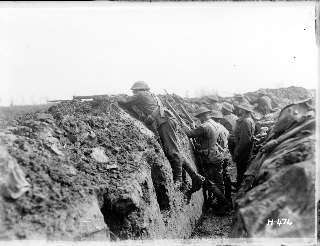 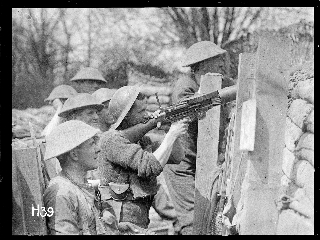 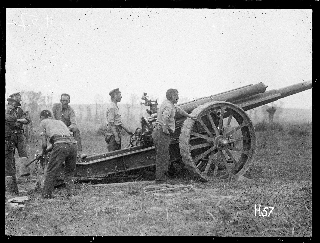 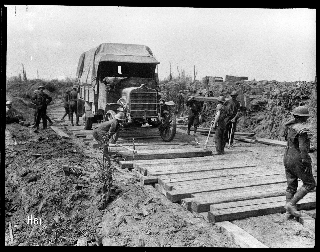 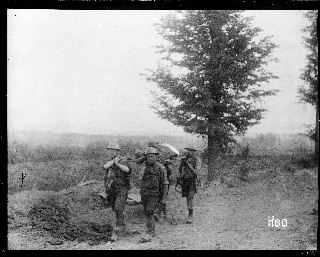 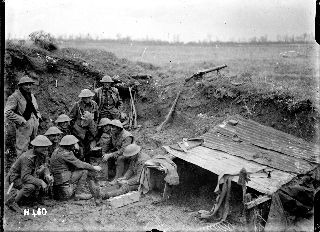 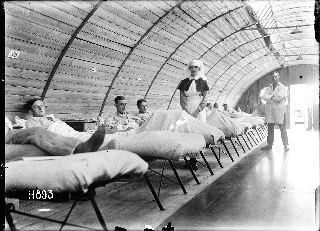  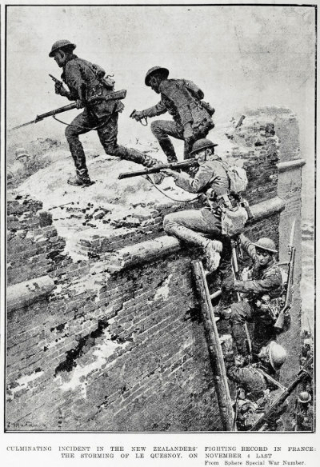 |
15 - 22 September 1916: Battle of The Somme (Flers ‐ Courcelette, France)This was the New Zealanders first major engagement on the Western Front. They went over the top at 6.30 AM and by the end of the day thay had secured their objectives, taking the village of Flers. It was however an expensive victory with some 1200 casualties - 600 dead. 15 September 1916: Victoria CrossSergeant Donald Brown, 2nd Battalion, Otago Infantry Regiment, 1NZEF25 - 28 September 1916: Battle of The Somme (Morval, France)1 - 18 October 1916: Battle of The Somme (Le Transloy, France)
|
 Login
Login

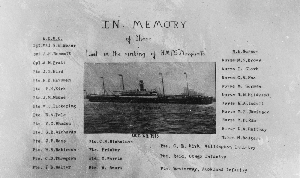
-867.jpg)
-290.jpg)


